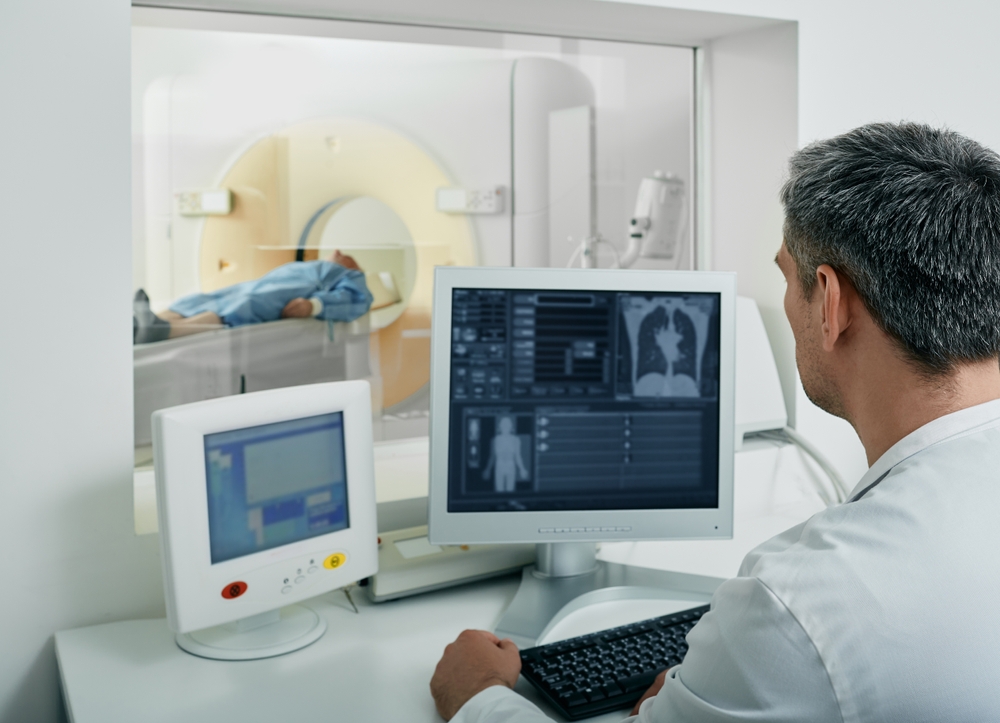Two Studies Show that Expanded Eligibility for Lung Cancer Screening Doesn’t Eliminate Disparities

Although the U.S. Preventive Services Task Force’s (USPSTF)’s 2021 recommendations for expanded eligibility for low-dose CT lung cancer screenings, two studies revealed that expanded eligibility doesn’t translate into increased utilization of low-dose CT lung cancer screenings among Black adults.
A study published September 2 in JAMA Network Open states that increasing eligibility alone is not sufficient to make screening equitable. The study team, led by Laura Pinheiro, PhD, of New York-Presbyterian Hospital, wanted to evaluate if the 2021 update to the USPSTF’s low-dose CT lung cancer screening guidance from 2013 really increased screening eligibility in Black adults and study the consequences of social factors in lung cancer screening disparities.
Lung cancer diagnoses continue to fall as do mortality rates — due to earlier detection through the low-dose lung cancer screenings, smoking cessation programs, and improved treatments. However, Black adults still experience higher rates of lung cancer and higher mortality rates than white individuals.
The 2021 update to USPSTF’s screening recommendations included:
- Lowering the starting age for beginning screenings from 55 to 50
- Reduced the number of smoking pack years from 30 to 20
Yet, some experts contend that these changes have expanded eligibility for racial and ethnic minorities while others don’t believe that the change has enhanced eligibility.
The team compared data from the Reasons for Geographic and Racial Differences in Stroke study — selecting 14,285 Black and white adults including those who were eligible for lung cancer screenings between 2003 and 2007 and those who would have been eligible under the updated 2021 guidelines. Their findings showed:
The updated USPSTF’s guidelines increased the number of number of adults
eligible for screening. Not only that, but the updated recommendations reduced
the gap between eligible Black and white adults.
However, the expanded eligibility did not change the socioeconomic facts. Eligible black adults were more likely to have less education, lower household incomes, lived more often in urban areas, and had few people in their social networks. In fact, once these differences were accounted for, there was no difference in percentage points of eligibility between Black and white adults — even with the updated recommendations.
Another analysis done by MD Anderson Cancer Center and the University of Mississippi Medical Center published in July 2022 in Cancer Medicine showed similar results. Their study used data from the National Health Interview Survey and analyzed the updated recommendations and evaluated factors including insurance status, income, education, and other reasons for delaying medical care.
The MD Anderson/University of Mississippi analysis showed similar results:
The number of people eligible for screening almost doubled — from 7.9 million under the
2003 guidelines to 14.2 million under the 2021 guidelines.
However, as the researchers studied the effects of drivers of disparities, they discovered that the disparities still remained much the same as in the past. 28.7% of eligible Black adults had not graduated from high school compared to 17.0% of eligible white adults. Among those eligible for lung cancer screenings, 26.2% of Black adults lived below the poverty level compared to 14.9% of eligible white adults. More Black respondents reported unemployment and lack of transportation as a reason for delaying medical care.
These researchers were quick to point out that while the updated USPSTF recommendation would likely go a long way in abolishing disparities in an ideal clinical setting, but that in real-world community settings, “Further work is needed to mitigate inequities in access.”
They added, “At the patient level, integrating patient navigators, interventions to address health literacy, and efforts to reduce medical mistrust may help in reducing barriers to screening and improving lung cancer outcomes among minority populations.”